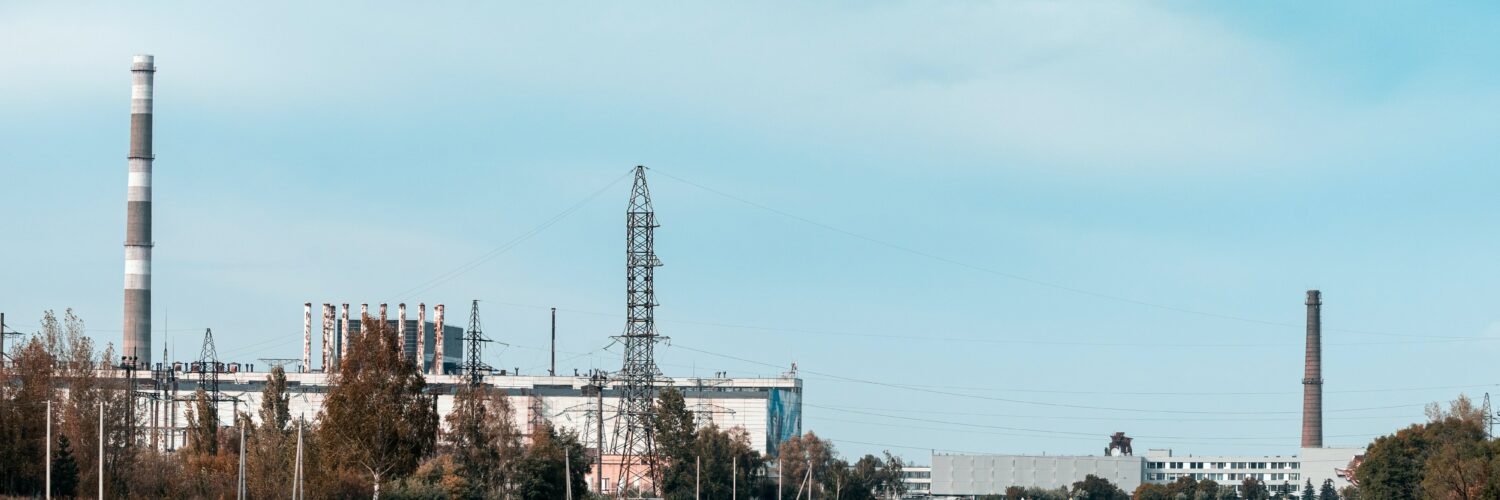Introduction
One of the deadliest nuclear disasters in history occurred on the night of April 26, 1986, in front of the entire globe. At its Reactor Number 4, the Chernobyl Nuclear Power Plant in Ukraine, which produced a sizable amount of the nation’s electricity, experienced a catastrophic explosion and fire. Large amounts of radioactive material were spilled into the environment as a result of the tragedy, endangering the residents’ health and hurting the local economy. The causes of the explosion, its effects, and the ongoing efforts to confine and clean up the site will all be covered in this article.
Background
About 100 kilometers northwest of Kiev, in the Ukrainian city of Pripyat, was where the Chernobyl Nuclear Power Plant was situated. It was one of four nuclear power stations in Ukraine and had four reactors with a combined capacity of 1,000 megawatts. At the time of the catastrophe, the factory had been in operation for little over ten years.
The incident happened at Reactor Number 4 during a test. The test’s goal was to find out how long the reactor’s turbines could continue to produce electricity in the event of an electrical blackout. The reactor’s safety systems were disabled, and the power levels were lowered to mimic a power loss. However, a succession of mistakes and poor judgements throughout the test resulted in a disastrous explosion and fire.
The Explosion and Fire
On April 26, 1986, at 1:23 am, the explosion took place. The reactor had a power spike that set off a sequence of explosions that wrecked the reactor’s casing and spilled a significant amount of radioactive material into the atmosphere. After the explosion, a fire broke out, burning for several days and dispersing even more radiation into the atmosphere.
Miles away from the plant, people heard and felt the explosion because it was so powerful. The roof was blown off and the walls of the reactor building collapsed, resulting in major damage. The graphite moderator of the reactor served as fuel for the subsequent fire, which raged for several days and produced a significant amount of radioactive smoke.
The Consequences of the Disaster
The Chernobyl tragedy had serious and far-reaching effects. Two plant workers were immediately killed and numerous more were injured by the explosion and fire. Acute radiation sickness caused the deaths of more than 30 persons in the days and weeks that followed the catastrophe.
Large amounts of radioactive material were also released by the explosion, contaminating the area’s air, water, and land. People in the impacted area experienced major health issues as a result of the radiation, including an increase in cancer rates and birth deformities. More than 100,000 people had to be evacuated from the disaster region, among other serious economic and environmental effects.
Given the lack of knowledge about the long-term effects of radiation exposure, it has been challenging to estimate the disaster’s health effects. However, research has demonstrated that the disaster had a major negative influence on the residents’ health. Along with an increase in birth abnormalities and other health issues, cancer rates have risen, notably thyroid cancer. As a result of the accident, many people have also experienced mental health problems like depression and anxiety.
The disaster’s financial effects were equally substantial. The local economy was negatively impacted by the evacuation of more than 100,000 residents from the affected area, and the cleanup costs have been high. The catastrophe also had an effect on the worldwide nuclear industry since it enhanced regulation and monitoring of nuclear sites and sparked questions about the safety of nuclear energy.
The accident had enormous environmental effects in addition to its human and financial costs. Large amounts of radioactive material were released into the air as a result of the explosion and fire, polluting the surroundings. The nearby wildlife and plants were harmed by the radiation, and the environment was affected by cleanup attempts.
Containment and Cleanup
After the catastrophe, efforts were undertaken to contain the area and clean it up. To stop the radiation from spreading and to confine it, a significant effort was made. High levels of radiation exposure among the site’s workers led to the eventual development of health issues in many of them.
Constructing a concrete sarcophagus around the damaged reactor to trap the radiation was one of the first phases in the cleanup procedure. The sarcophagus, which was finished in 1986, was intended to be a temporary solution. The old sarcophagus was replaced in 2019 with a brand-new confinement system called the New Safe Confinement. The new building is built to confine radiation and guard against the possibility of additional accidents.
Decontaminating the contaminated region and getting rid of radioactive material were additional cleanup steps. This process is still going on, and it will probably take several more decades to finish. Due to the area’s ongoing radiation contamination and the need for specialized worker protection, it has been a difficult and expensive endeavor.
The Ongoing Effects of the Disaster
The Chernobyl catastrophe is still having an impact today. The vicinity of the plant is still radioactively contaminated, and some sites are still off-limits because of the high radiation levels. The accident also had long-term effects on the local populace, including elevated cancer and other health issues, as well as negative economic and environmental effects.
The cleanup and containment operations are still in progress, and it will probably take a few more decades to finish. The tragedy serves as a warning of the possible dangers and negative effects of nuclear power, as well as the significance of guaranteeing the safety of nuclear installations, notwithstanding the measures made to control the radiation.
Conclusion
The Chernobyl nuclear power plant meltdown was a devastating occurrence that had far-reaching effects on people in Russia, Belarus, Ukraine, and the rest of the world. Large amounts of radioactive material were spilled into the environment as a result of the explosion and fire at the Chernobyl nuclear power plant, endangering the health of residents and hurting the local economy. The ongoing cleanup and containment operations should take several more decades to finish. The incident serves as a reminder of the dangers and drawbacks of nuclear energy as well as the necessity of safeguarding the security of nuclear plants.





I have created account to chat here nice ? now it let me take new course and reply coment